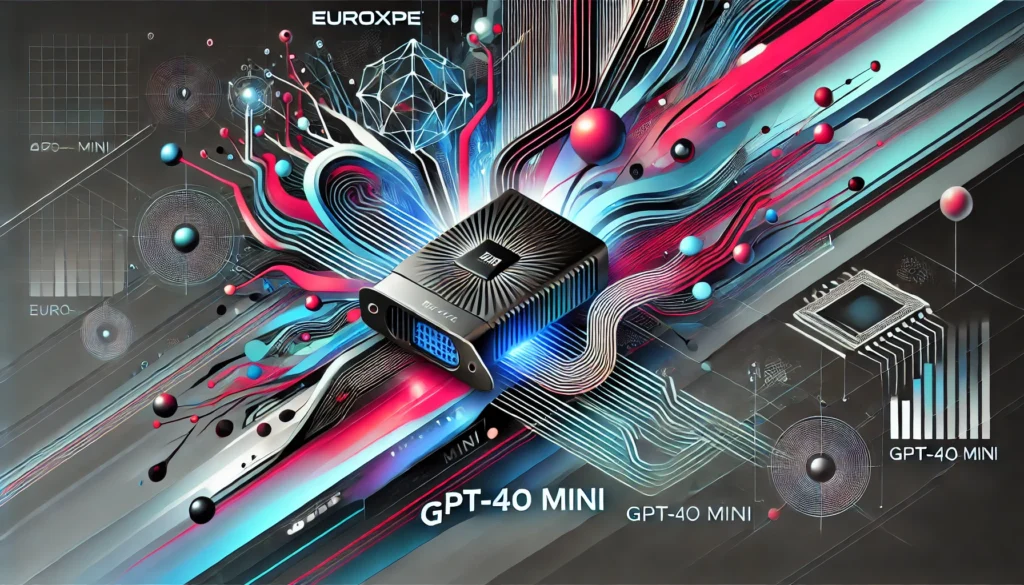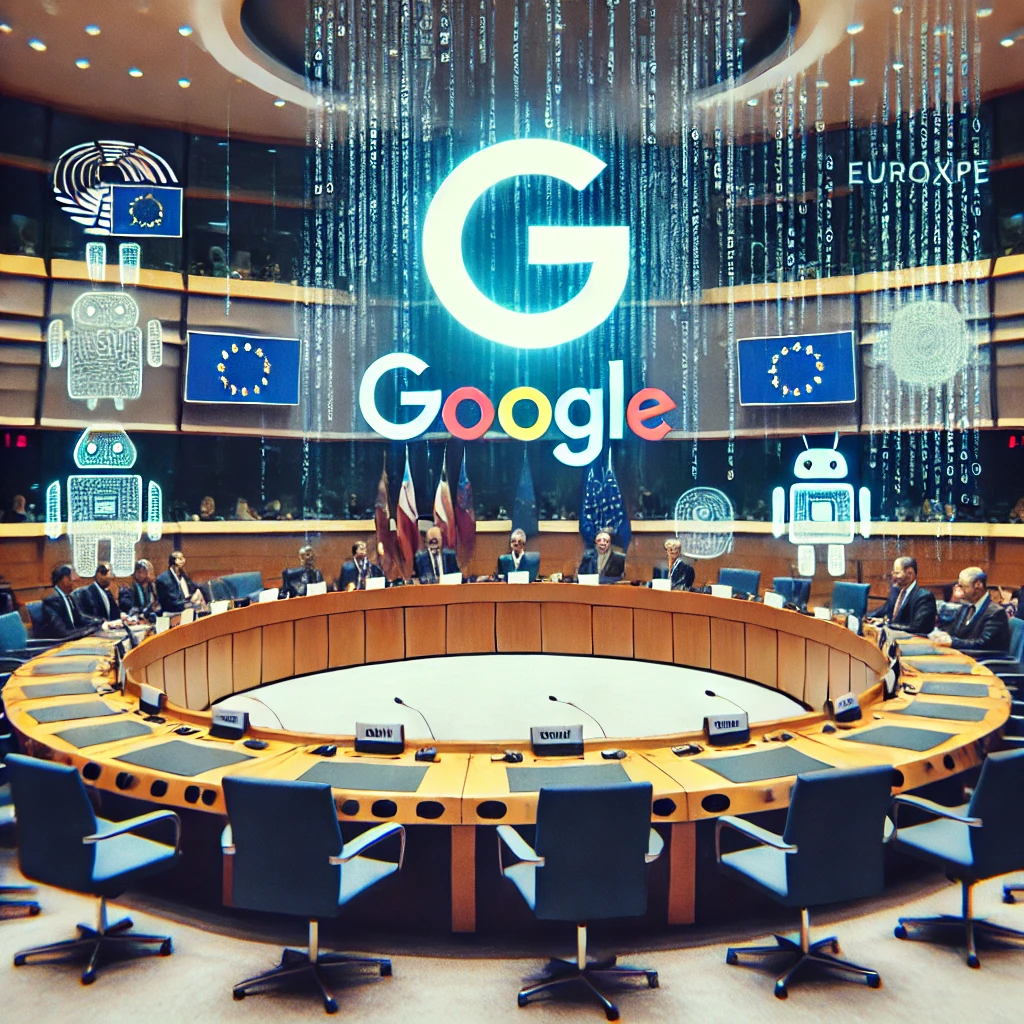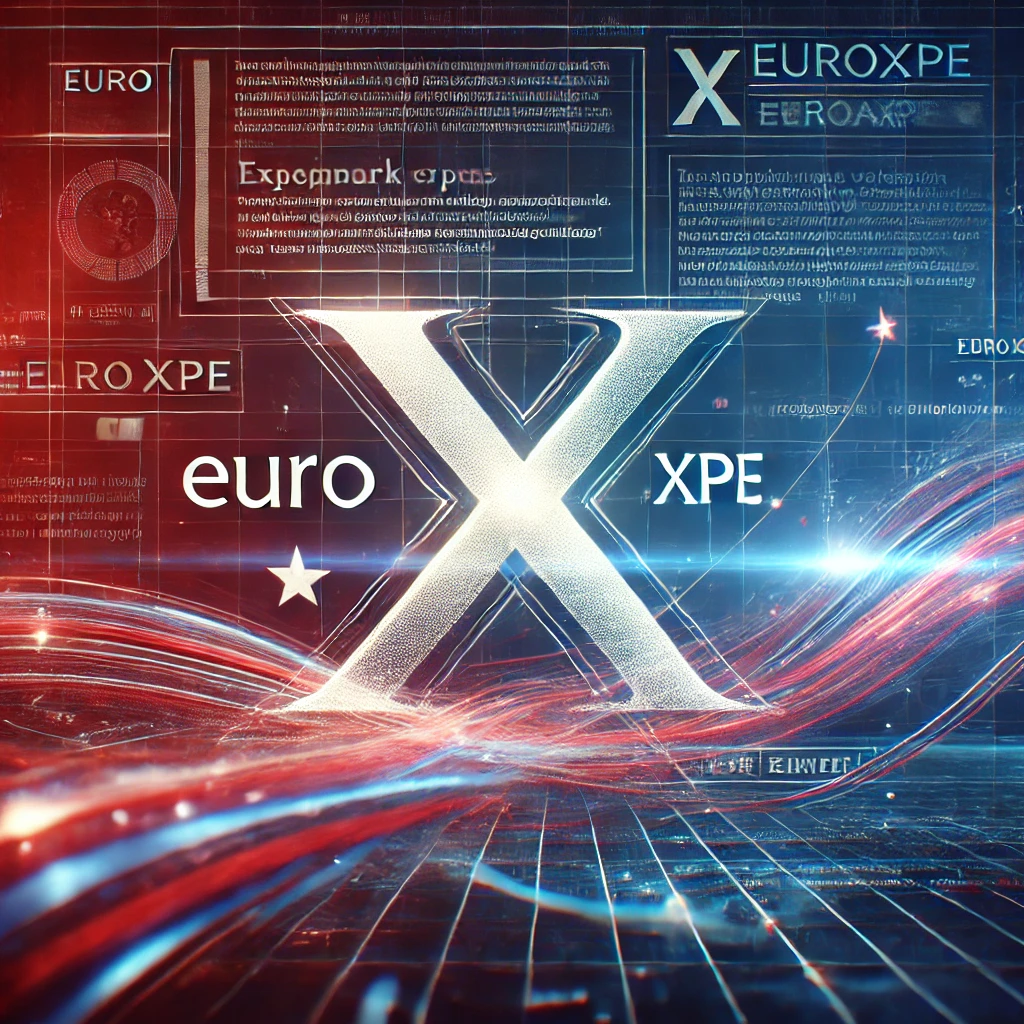OpenAI has unveiled a new, lighter and more affordable AI model for developers, known as GPT-4o Mini. This model is designed to be a cost-effective alternative to the full-sized models, providing more capabilities than GPT-3.5 at a significantly reduced price.
Building applications using OpenAI’s advanced models can be expensive, often deterring developers with limited budgets. Consequently, many developers opt for cheaper alternatives like Google’s Gemini 1.5 Flash or Anthropic’s **
Claude 3 Haiku**. With the introduction of GPT-4o Mini, OpenAI aims to make AI more accessible and affordable, broadening the scope of who can innovate with their technology.
Olivier Godement, the head of the API platform product at OpenAI, emphasized the company’s mission: “GPT-4o Mini truly aligns with OpenAI’s goal of making AI more broadly accessible. To ensure AI benefits every sector, every application, and every corner of the world, we must make it much more affordable,” he told The Verge.
Starting today, ChatGPT users on Free, Plus, and Team plans can use GPT-4o Mini instead of GPT-3.5 Turbo, with Enterprise users gaining access next week. While GPT-3.5 will still be available
via the API for those who prefer it, it is set to be retired eventually. This new model also supports text and vision in the API and will soon handle all multimodal inputs and outputs, including video and audio. This means developers can look forward to more capable virtual assistants and applications that can understand and respond to complex inputs.
GPT-4o Mini has achieved an impressive 82 percent score on the Measuring Massive Multitask Language Understanding (MMLU) benchmark exam, which comprises about 16,000 multiple-choice questions across 57 academic subjects. When MMLU was first introduced in 2020, most models struggled with it, but it set a new standard for evaluating AI performance. In comparison, GPT-3.5 scored 70 percent, GPT-4o scored 88.7 percent, and Google’s Gemini Ultra holds the highest score at 90 percent. Competing models like Claude 3 Haiku and Gemini 1.5 Flash scored 75.2 percent and 78.9 percent, respectively.
However, researchers remain cautious about these benchmarks. The New York Times reported that the administration of such tests can vary from company to company, making direct comparisons challenging. There is also concern about models potentially having the answers in their datasets, which could allow them to “cheat,” as typically, no third-party evaluators are involved in the process.
For developers keen to create AI applications on a budget, the launch of GPT-4o Mini is a significant development. OpenAI allowed the financial technology startup Ramp to test the model, which they used to build a tool for extracting expense data from receipts. This tool enables users to upload a picture of their receipt, with the model then sorting the data automatically. Similarly, the email client Superhuman tested GPT-4o Mini to develop an auto-suggestion feature for email responses.
The objective of GPT-4o Mini is to offer a lightweight and inexpensive model, enabling developers to build applications and tools they previously could not afford with larger, more costly models like GPT-4. Prior to this, many developers turned to models like Claude 3 Haiku or Gemini 1.5 Flash due to the prohibitive compute costs associated with running more robust models.
So, why did it take OpenAI so long to release this model? Godement explained it was a matter of “pure prioritization.” The company had been focused on creating larger and more advanced models like GPT-4, which required substantial resources in terms of people and compute power. Over time, as the demand for smaller models became evident, OpenAI decided it was time to invest in building GPT-4o Mini.






